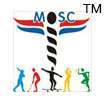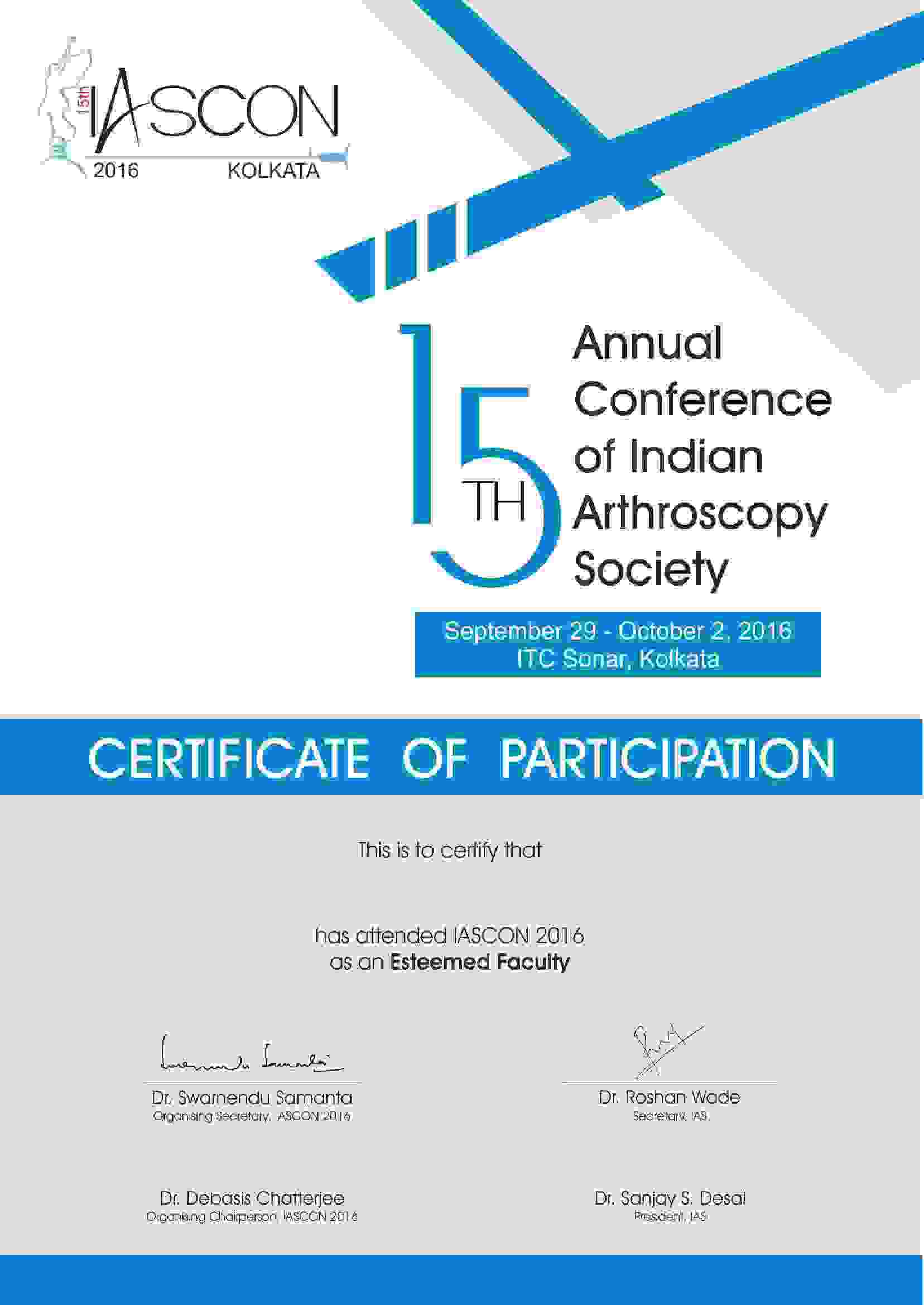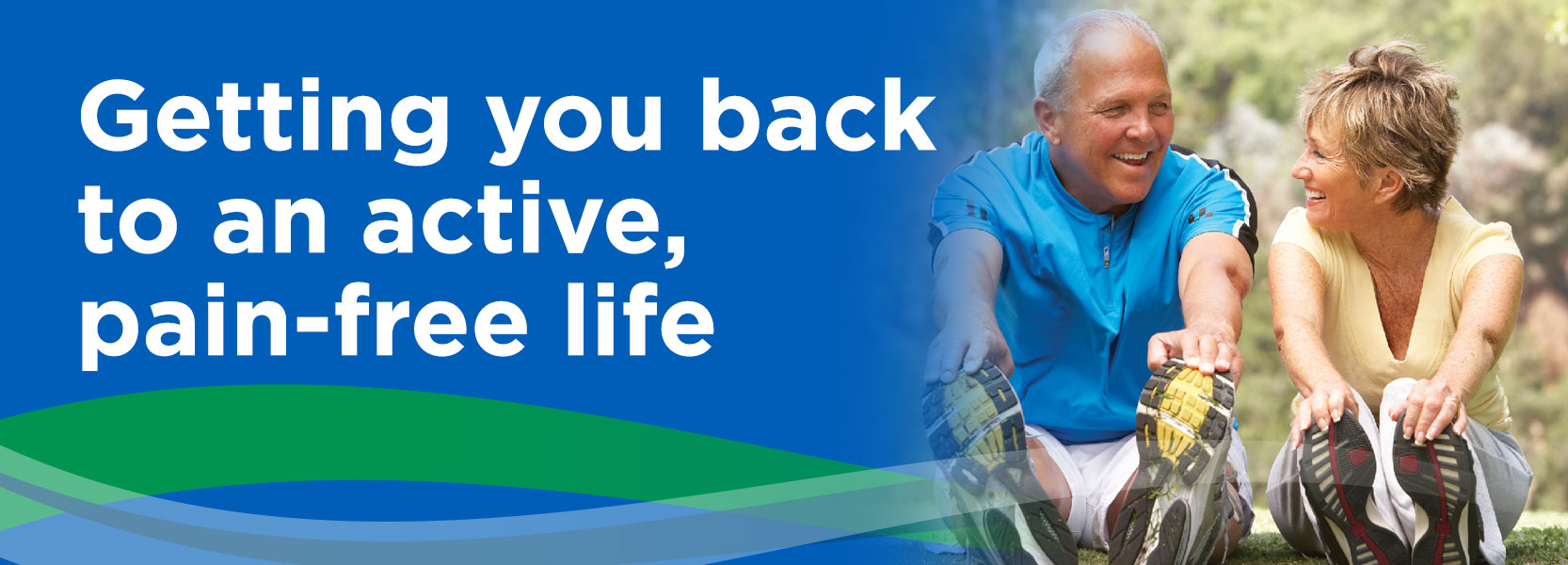According to statistics, sports injuries among seniors i.e. those around 65 years and older have increased by as much as 50 percent in the last 20 years. Sports-related injuries have increased by 29 percent in people who are around 75 and older. Most of these injuries are associated with high-activity sports, such as basketball, tennis, badminton, jogging and gym exercises.
The most common senior sports injuries include muscle strains to the neck, back, shoulder, knee and ankle. Many of these regions become stiff from lack of use or weakened from conditions such as osteoporosis. The calf and hip muscles are generally the biggest problem areas. Among people aged 65 and older, injuries are frequently related to inflammation and wear and tear resulting in stiffer joints, reduced range of motion, and extreme vulnerability to injury.
Prevention and Safety
Always aim for a balanced fitness plan that incorporates strength training, aerobic activity, right preparation and suitable equipment that can help make your exercise program fun-filled and safe. You may also notice that doing exercise is more enjoyable and safer with a friend or partner. If you are middle-aged or older, haven’t been physically active for quite some time, are overweight or may have osteoporosis or have complicated medical conditions, always consult your doctor first before getting started, to determine if your exercise plan suits your present situation.
Exercises
Perform 30 minutes or more of moderate physical activity. Start your activity with a warm-up that includes a few minutes of walking, followed by some simple stretches. Then continue your physical exercise for about 20 minutes or more, followed by a brief cool-down.
Another way to measure a moderate workout is to hit and maintain your target heart rate during your exercise or activity. To calculate your target heart rate, subtract your age from 220 and then aim for 60 percent to 70 percent of that number. In case you are on any kind of medication, especially heart medication, consult your doctor about a heart rate that is suitable for you while you are exercising.
Use the proper equipment and take lessons, if required. For e.g. If you’re biking, always wear a helmet. Ensure that your shoes are properly fitted and appropriate for your sports activity.
Whether you enjoy brisk walking, bicycling, gardening, lifting weights, or golfing, it’s always a good idea to perform the different activities alternately, from one day to the next. This may help avoid overuse injuries.











